
The Louvre in Lens
ART
Produced by :  © 2022
© 2022


Produced by :  © 2022
© 2022
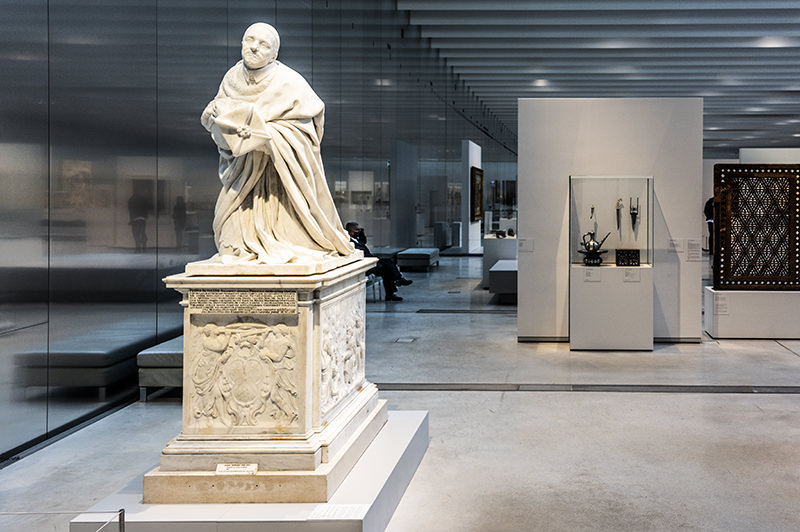
Opened in December 2012, the Musée du Louvre-Lens is located in the small mining town of Lens, which has a population of around 30,000 and is situated in the heart of the mining region of Nord-Pas de Calais.
The Galerie du Temps is the heart of the Louvre-Lens. It houses more than 200 masterpieces from the Louvre's collections, spectacularly displayed over an area of 3,000 m². Here you can follow a unique journey through the history of art, from the invention of writing in Mesopotamia in the 4th millennium BC to the Industrial Revolution in the mid-19th century. The installation, which is both chronological and multidisciplinary, creates a dialogue between epochs, techniques and civilizations.
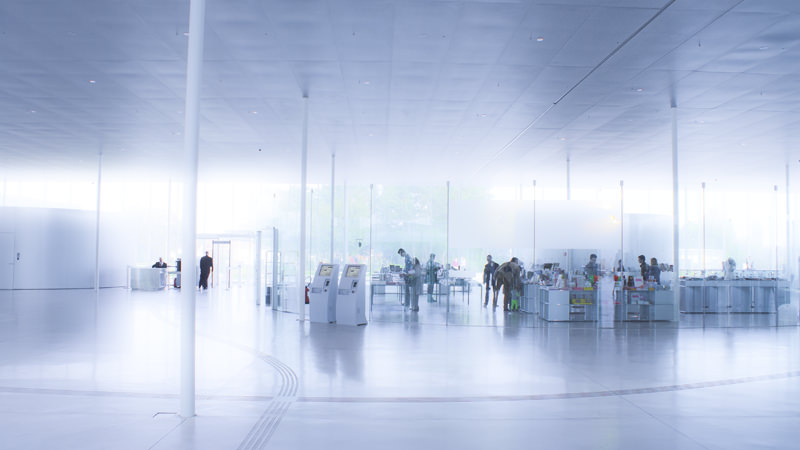
On November 29, 2004, Prime Minister Jean-Pierre Raffarin announced that Lens had been chosen as the site for the new Louvre. The decision to locate in the former pit 9 of Lens is intended to express France's recognition of an area that has been damaged several times by war and coal mining. Marked by its mining past and history, Lens has accepted the challenge to shape its future.
Kazuyo Sejima and Ryue Nishizawa realize here the idea of creating a smooth and discreet transition to the surroundings with transparency and openness to the outside.
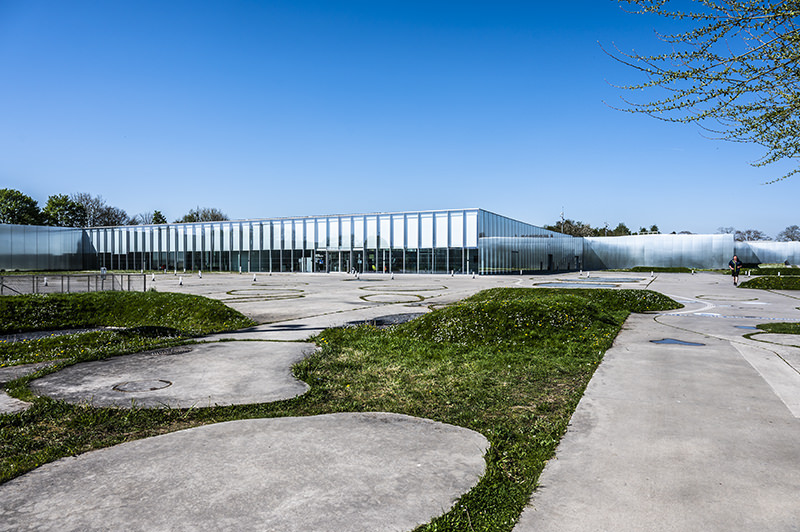
Louvre-Lens was built on a 20-hectare site occupied by shafts 9 and 9bis. After the closure of coal mining in 1960, this site was reclaimed by nature.
Departing from the large vertical structures often favored by architects, SANAA decided to respond to the very linear, horizontal architecture inherited from the mines with a very long building on a single level.
The main structure follows the gentle slope of the terrain without ever exceeding a height of six meters, leaving the tops of the trees visible in some places. In this way, the architecture subtly blends into the surroundings without dominating them.
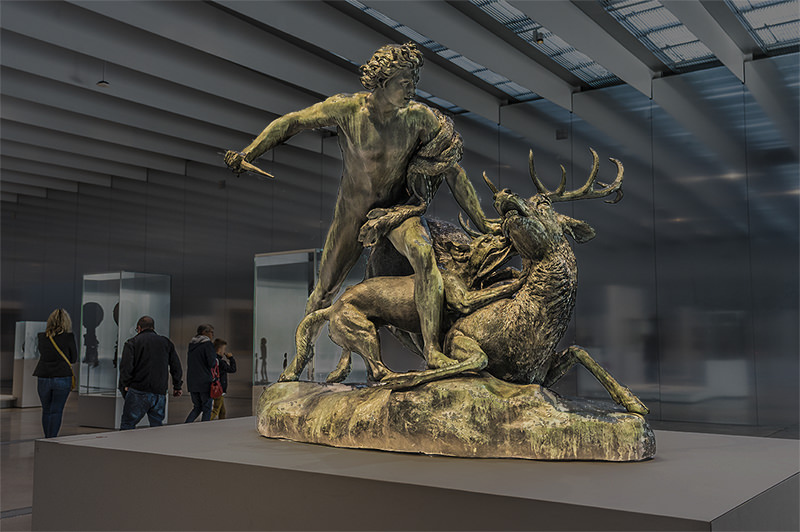
The Galerie du Temps (Gallery of Time) is an architectural marvel with exquisite exhibitions. It is the centerpiece of the Louvre-Lens and offers visitors a universal and enlightening visitor experience. This unique concept in the world houses more than 200 masterpieces from the Louvre in a spectacular 3,000 square meters, without divisions or partitions.
The Galerie du Temps offers a unique insight into the history of art by literally bringing the Louvre's collections to life. The collection consists of more than 200 works - or groups of works - from the Louvre's galleries. However, the exhibition is not rigid: every year, on the anniversary of the museum in December, dozens of works are replaced and the exhibition is renewed.
Among the masterpieces on display are Murillo's Young Beggar, Joseph Vernet's Seascape, Botticelli's Virgin and Child, Tintoretto's Bathing Susanna, and Johann Christian Neuber's Teschen Table.
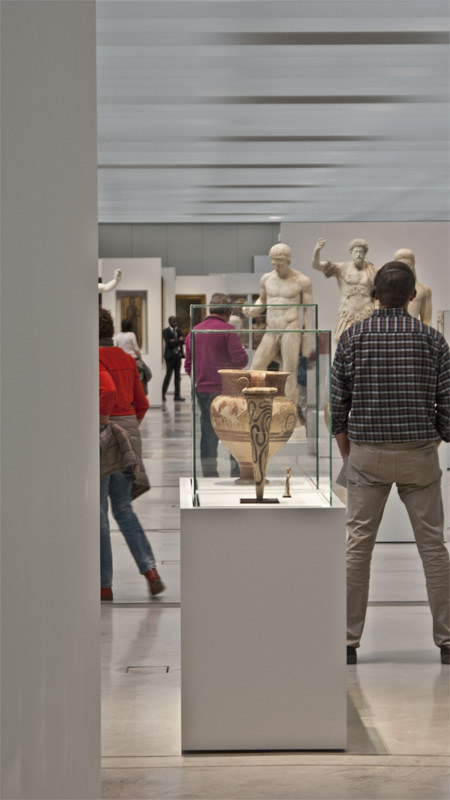
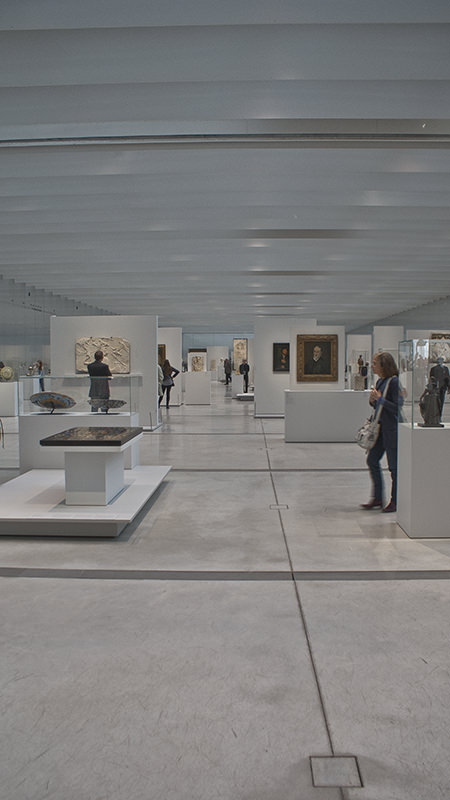
The chronological exhibition ranges from the invention of writing in Mesopotamia in the 4th millennium BC to the Industrial Revolution in the 19th century. This arrangement creates an extraordinary journey through the history of art and mankind, mixing epochs, techniques, cultures and civilizations.
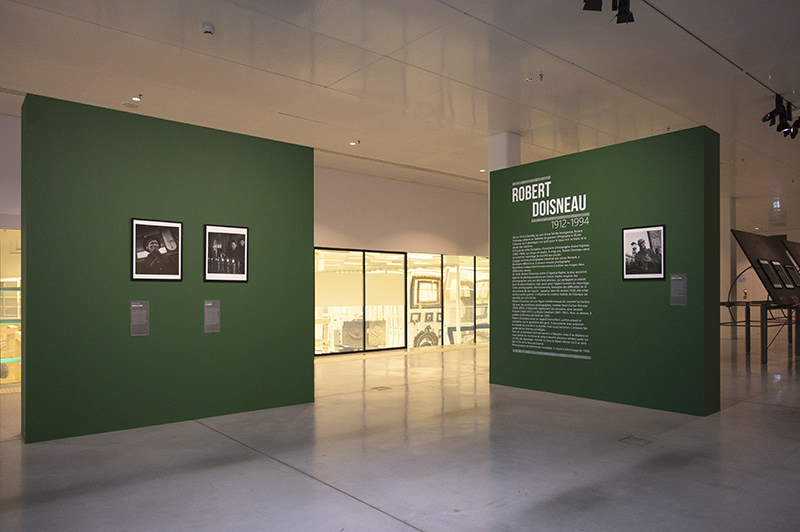
Temporary exhibitions of international importance take a very different look at the Louvre's collections each year from the Galerie du temps, allowing works from all over the world to be presented.
The Louvre-Lens Museum also allows visitors to enter its wings. A series of digital tools reveals the hidden life of the works, while the reserves and the restoration workshop are visible through large bay windows and are even opened during guided tours.